Books
Antiquity. Arts + Culture. Entertainment. Philosophy + Religion. And more!
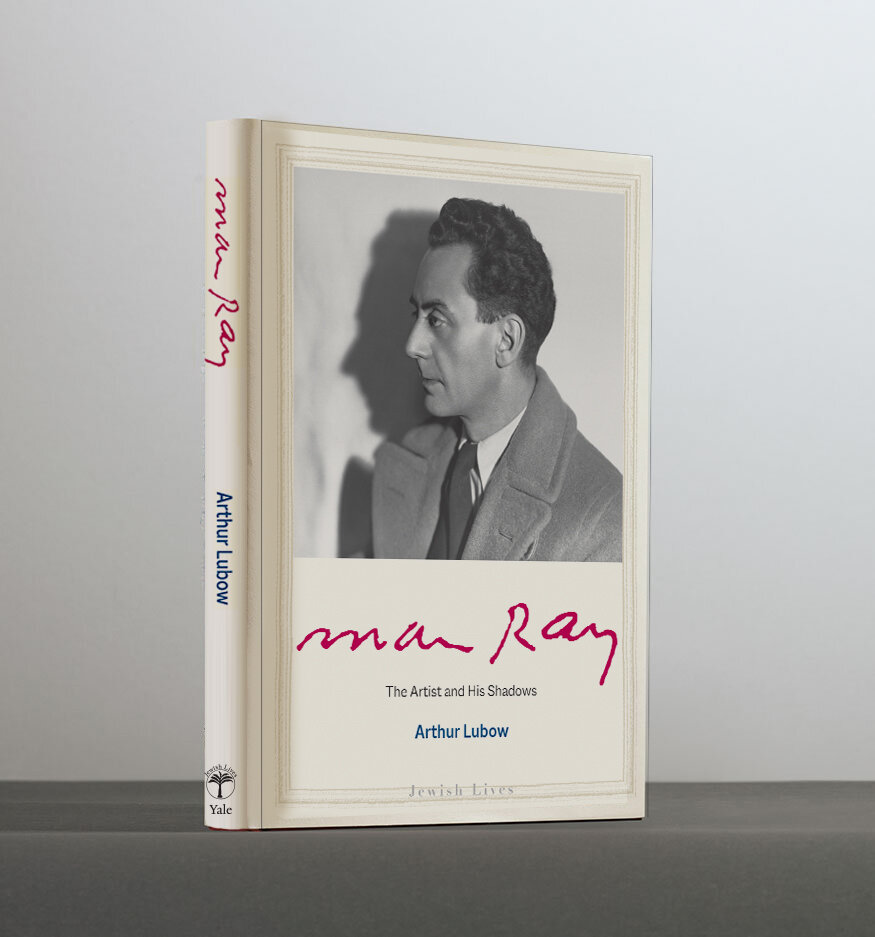
By Arthur Lubow
Published September 14, 2021
216 pages
“An exceptional gem” —Benjamin Taylor
A biography of the elusive but celebrated Dada and Surrealist artist and photographer connecting his Jewish background to his life and art
Man Ray (1890–1976), a founding father of Dada and a key player in French Surrealism, is one of the central artists of the twentieth century. He is also one of the most elusive. In this new biography, journalist and critic Arthur Lubow uses Man Ray’s Jewish background as one filter to understand his life and art.
Man Ray began life as Emmanuel Radnitsky, the eldest of four children born in Philadelphia to a mother from Minsk and a father from Kiev. When he was seven the family moved to the Williamsburg section of Brooklyn, where both parents worked as tailors. Defying his parents’ expectations that he earn a university degree, Man Ray instead pursued his vocation as an artist, embracing the modernist creed of photographer and avant-garde gallery owner Alfred Stieglitz.
When at the age of thirty Man Ray relocated to Paris, he, unlike Stieglitz, made a clean break with his past.
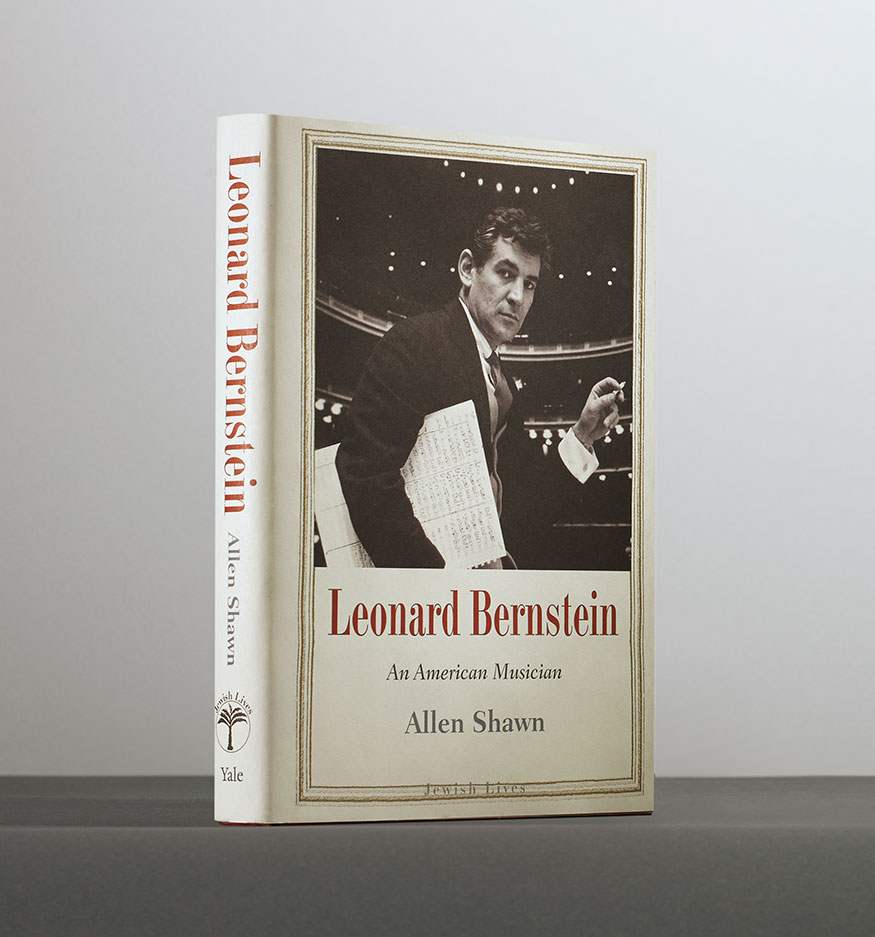
By Allen Shawn
Published September 30, 2014
360 pages
“A page-turner" —Symphony Magazine
A fresh appreciation of the great musical figure that gives him his due as composer as well as conductor
Leonard Bernstein stood at the epicenter of twentieth-century American musical life. His creative gifts knew no boundaries as he moved easily from the podium, to the piano, to television with his nationally celebrated Young People’s Concerts, which introduced an entire generation to the joy of classical music. In this fascinating new biography, the breadth of Bernstein’s musical composition is explored, through the spectacular range of music he composed—from West Side Story to Kaddish to A Quiet Place and beyond—and through his intensely public role as an internationally celebrated conductor. For the first time, the composer’s life and work receive a fully integrated analysis, offering a comprehensive appreciation of a multi-faceted musician who continued to grow as an artist well into his final days.
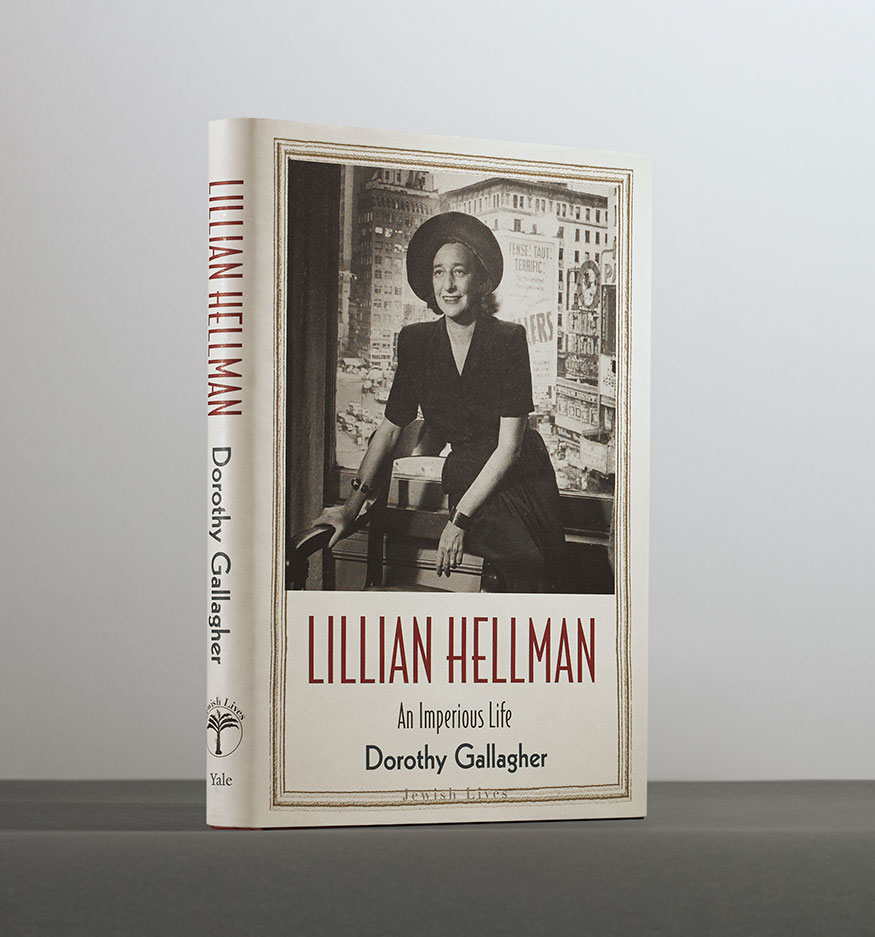
By Dorothy Gallagher
Published January 28, 2014
184 pages
“Sharp-edged, darkly humorous” —Kirkus Reviews
Glamorous, talented, audacious—Lillian Hellman knew everyone, did everything, had been everywhere. By the age of twenty-nine she had written The Children’s Hour, the first of four hit Broadway plays, and soon she was considered a member of America’s first rank of dramatists, a position she maintained for more than twenty-five years. Apart from her literary accomplishments—eight original plays and three volumes of memoirs—Hellman lived a rich life filled with notable friendships, controversial political activity, travel, and love affairs, most importantly with Dashiell Hammett. But by the time she died, the truth about her life and works had been called into question. Scandals attached to her name, having to do with sex, with money, and with her own veracity.
Dorothy Gallagher confronts the conundrum that was Lillian Hellman—a woman with a capacity to inspire outrage as often as admiration. Exploring Hellman’s leftist politics, her Jewish and Southern background, and her famous testimony before the House Un-American Activities Committee, Gallagher also undertakes a new reading of Hellman’s carefully crafted memoirs and plays, in which she is both revealed and hidden. Gallagher sorts through the facts and the myths, arriving at a sharply drawn portrait of a woman who lived large to the end of her remarkable life and never backed down from a fight.
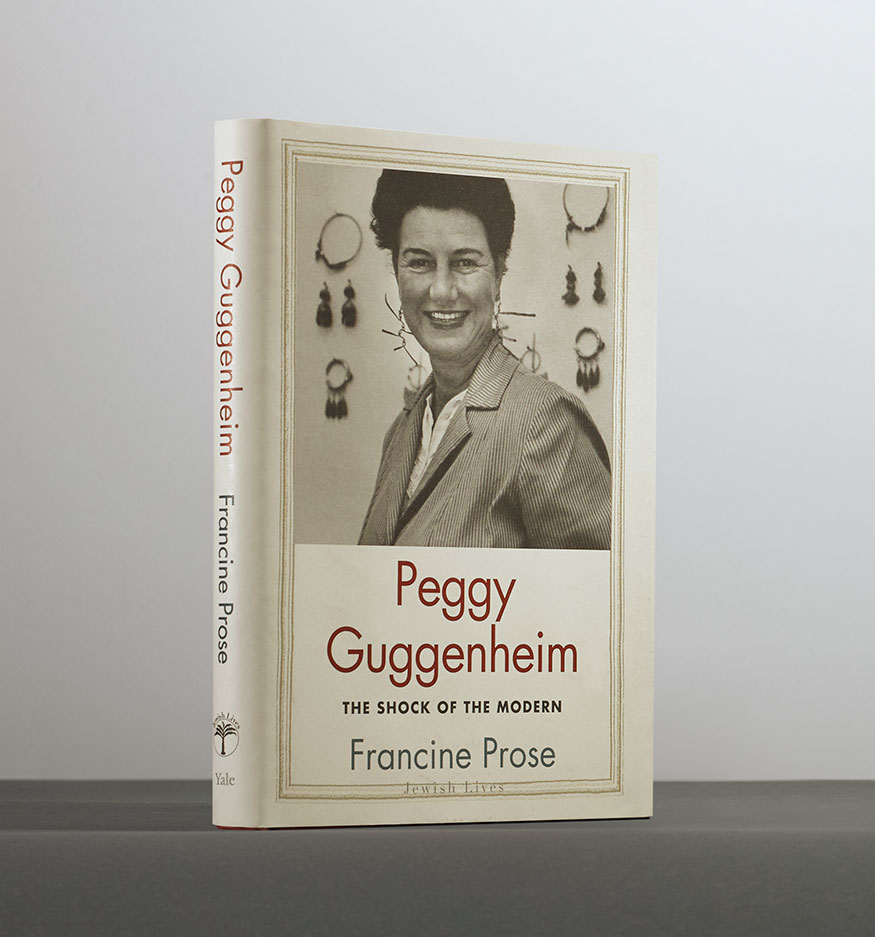
By Francine Prose
Published September 29, 2015
200 pages
“Lively, complex, and inclined to shock.” —Publishers Weekly
A spirited portrait of the colorful, irrepressible, and iconoclastic American collector who fearlessly advanced the cause of modern art
One of twentieth-century America’s most influential patrons of the arts, Peggy Guggenheim (1898–1979) brought to wide public attention the work of such modern masters as Jackson Pollock and Man Ray. In her time, there was no stronger advocate for the groundbreaking and the avant-garde. Her midtown gallery was the acknowledged center of the postwar New York art scene, and her museum on the Grand Canal in Venice remains one of the world’s great collections of modern art. Yet as renowned as she was for the art and artists she so tirelessly championed, Guggenheim was equally famous for her unconventional personal life, and for her ironic, playful desire to shock.
Acclaimed best-selling author Francine Prose offers a singular reading of Guggenheim’s life that will enthrall enthusiasts of twentieth-century art, as well as anyone interested in American and European culture and the interrelationships between them. The lively and insightful narrative follows Guggenheim through virtually every aspect of her extraordinary life, from her unique collecting habits and paradigm-changing discoveries, to her celebrity friendships, failed marriages, and scandalous affairs, and Prose delivers a colorful portrait of a defiantly uncompromising woman who maintained a powerful upper hand in a male-dominated world. Prose also explores the ways in which Guggenheim’s image was filtered through the lens of insidious antisemitism.

By Rachel Cohen
Published October 22, 2013
344 pages
“Irresistibly readable” —ARTnews
An illuminating new biography of the connoisseur who changed the art world and the way we see art
When Gilded Age millionaires wanted to buy Italian Renaissance paintings, the expert whose opinion they sought was Bernard Berenson, with his vast erudition, incredible eye, and uncanny skill at attributing paintings. They visited Berenson at his beautiful Villa I Tatti, in the hills outside Florence, and walked with him through the immense private library—which he would eventually bequeath to Harvard—without ever suspecting that he had grown up in a poor Lithuanian Jewish immigrant family that had struggled to survive in Boston on the wages of the father’s work as a tin peddler. Berenson’s extraordinary self-transformation, financed by the explosion of the Gilded Age art market and his secret partnership with the great art dealer Joseph Duveen, came with painful costs: he hid his origins and felt that he had betrayed his gifts as an interpreter of paintings. Nevertheless his way of seeing, presented in his books, codified in his attributions, and institutionalized in the many important American collections he helped to build, goes on shaping the American understanding of art today.
This finely drawn portrait of Berenson, the first biography devoted to him in a quarter century, draws on new archival materials that bring out the significance of his secret business dealings and the way his family and companions—including his patron Isabella Stewart Gardner, his lover Belle da Costa Greene, and his dear friend Edith Wharton—helped to form his ideas and his legacy. Rachel Cohen explores Berenson’s inner world and exceptional visual capacity while also illuminating the historical forces—new capital, the developing art market, persistent anti-Semitism, and the two world wars—that profoundly affected his life.
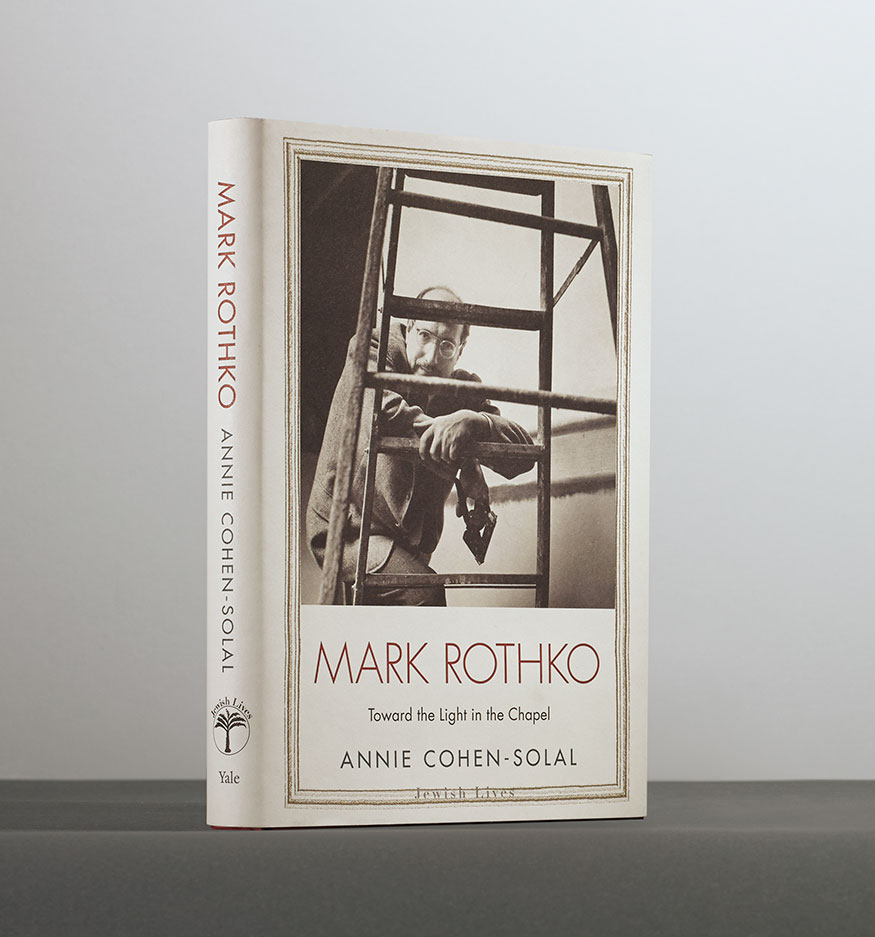
By Annie Cohen-Solal
Published March 10, 2015
296 pages
“Illuminating. Sublime.” —The Washington Times
A fascinating exploration of the life and work of one of America’s most famous and enigmatic postwar visual artists
Mark Rothko, one of the greatest painters of the twentieth century, was born in the Jewish Pale of Settlement in 1903. He immigrated to the United States at age ten, taking with him his Talmudic education and his memories of pogroms and persecutions in Russia. His integration into American society began with a series of painful experiences, especially as a student at Yale, where he felt marginalized for his origins and ultimately left the school. The decision to become an artist led him to a new phase in his life. Early in his career, Annie Cohen-Solal writes, “he became a major player in the social struggle of American artists, and his own metamorphosis benefited from the unique transformation of the U.S. art world during this time.” Within a few decades, he had forged his definitive artistic signature, and most critics hailed him as a pioneer. The numerous museum shows that followed in major U.S. and European institutions ensured his celebrity. But this was not enough for Rothko, who continued to innovate. Ever faithful to his habit of confronting the establishment, he devoted the last decade of his life to cultivating his new conception of art as an experience, thanks to the commission of a radical project, the Rothko Chapel in Houston, Texas.
Cohen-Solal’s fascinating biography, based on considerable archival research, tells the unlikely story of how a young immigrant from Dvinsk became a crucial transforming agent of the art world—one whose legacy prevails to this day.
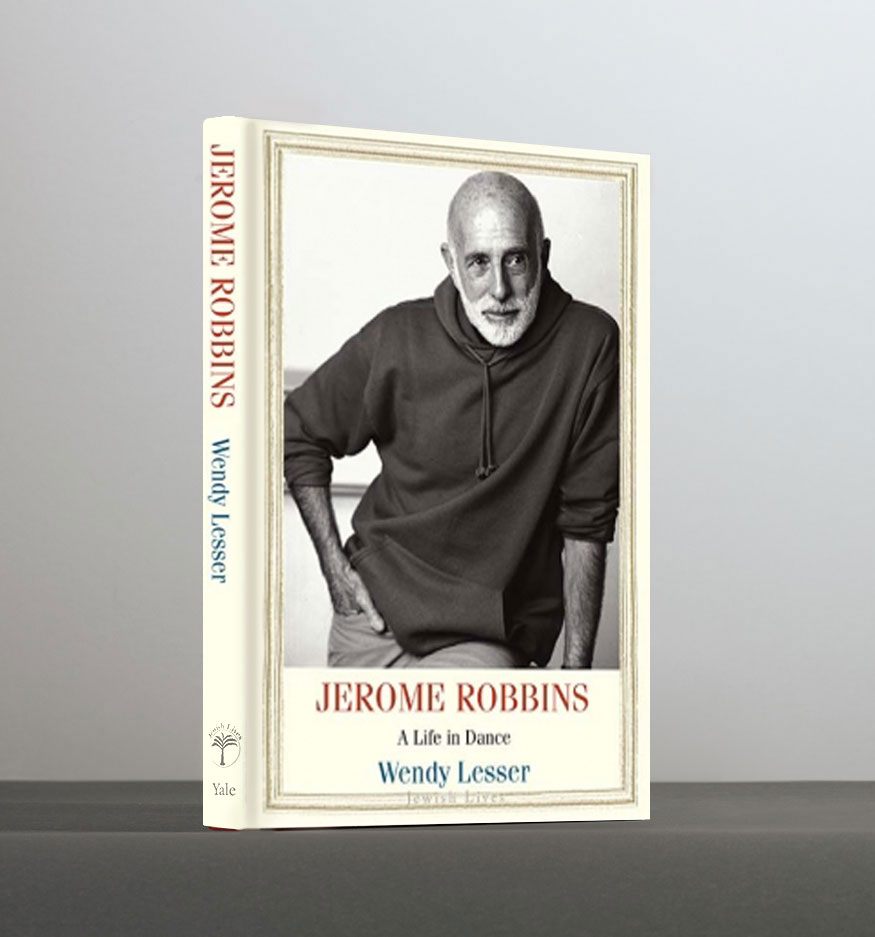
By Wendy Lesser
Published October, 9, 2018
216 pages
“A compact and incisive portrait” —Kirkus Reviews
A lively and inspired biography celebrating the centennial of this master choreographer, dancer, and stage director
Jerome Robbins (1918–1998) was born Jerome Wilson Rabinowitz and grew up in Weehawken, New Jersey, where his Russian-Jewish immigrant parents owned the Comfort Corset Company. Robbins, who was drawn to dance at a young age, resisted the idea of joining the family business. In 1936 he began working with Gluck Sandor, who ran a dance group and convinced him to change his name to Jerome Robbins. He went on to become a choreographer and director who worked in ballet, on Broadway, and in film. His stage productions include West Side Story, Peter Pan, and Fiddler on the Roof. In this deft biography, Wendy Lesser presents Jerome Robbins’s life through his major dances, providing a sympathetic, detailed portrait of her subject.
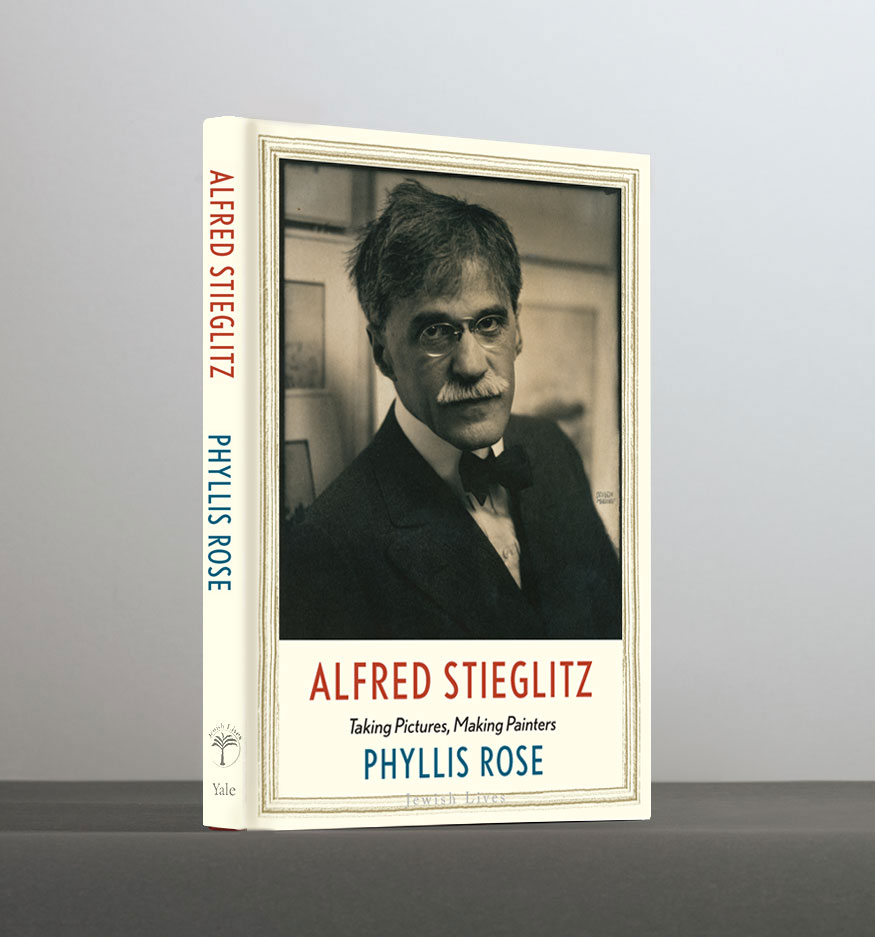
By Phyllis Rose
Published April 16, 2019
272 pages
“The work of a master” —Judith Thurman
A fascinating biography of a revolutionary American artist ripe for rediscovery as a photographer and champion of other artists
Alfred Stieglitz (1864–1946) was an enormously influential artist and nurturer of artists even though his accomplishments are often overshadowed by his role as Georgia O’Keeffe’s husband. This new book from celebrated biographer Phyllis Rose reconsiders Stieglitz as a revolutionary force in the history of American art.
Born in New Jersey, Stieglitz at age eighteen went to study in Germany, where his father, a wool merchant and painter, insisted he would get a proper education. After returning to America, he became one of the first American photographers to achieve international fame. By the time he was sixty, he gave up photography and devoted himself to selling and promoting art. His first gallery, 291, was the first American gallery to show works by Picasso, Rodin, Matisse, and other great European modernists. His galleries were not dealerships so much as open universities, where he introduced European modern art to Americans and nurtured an appreciation of American art among American artists.
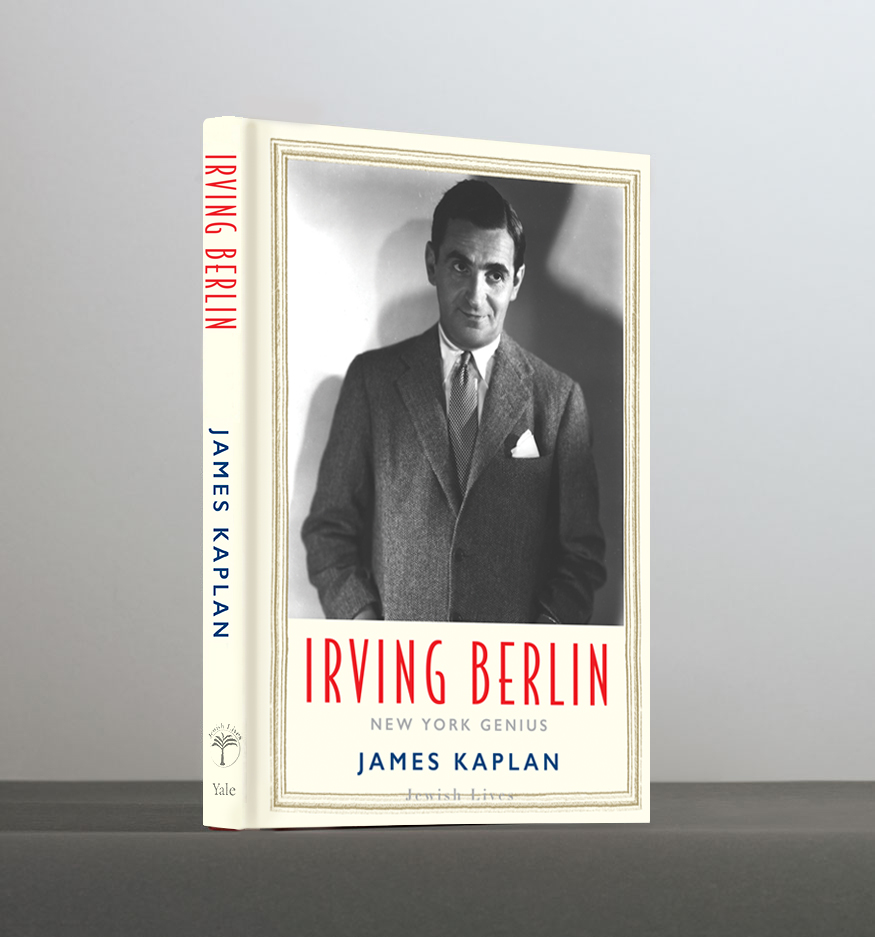
By James Kaplan
Published November 5, 2019
424 pages
“Irresistible” —Todd S. Purdum
A fast-moving, musically astute portrait of arguably the greatest composer of American popular music
Irving Berlin (1888–1989) has been called—by George Gershwin, among others—the greatest songwriter of the golden age of the American popular song. “Berlin has no place in American music,” legendary composer Jerome Kern wrote; “he is American music.” In a career that spanned an astonishing nine decades, Berlin wrote some fifteen hundred tunes, including “Alexander’s Ragtime Band,” “God Bless America,” and “White Christmas.” From ragtime to the rock era, Berlin’s work has endured in the very fiber of American national identity.
Exploring the interplay of Berlin’s life with the life of New York City, noted biographer James Kaplan offers a visceral narrative of Berlin as self-made man and witty, wily, tough Jewish immigrant. This fast-paced, musically opinionated biography uncovers Berlin’s unique brilliance as a composer of music and lyrics. Masterfully written and insightful, Kaplan’s book underscores Berlin’s continued relevance in American popular culture.